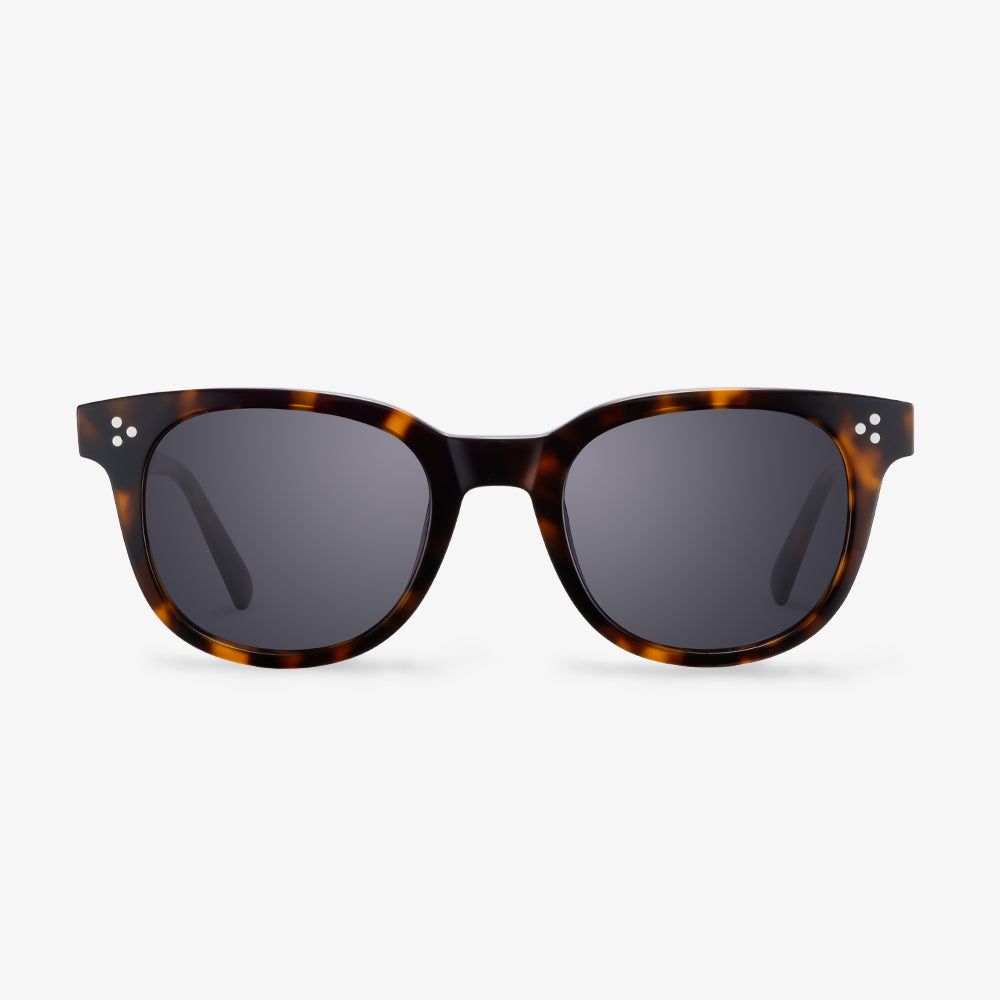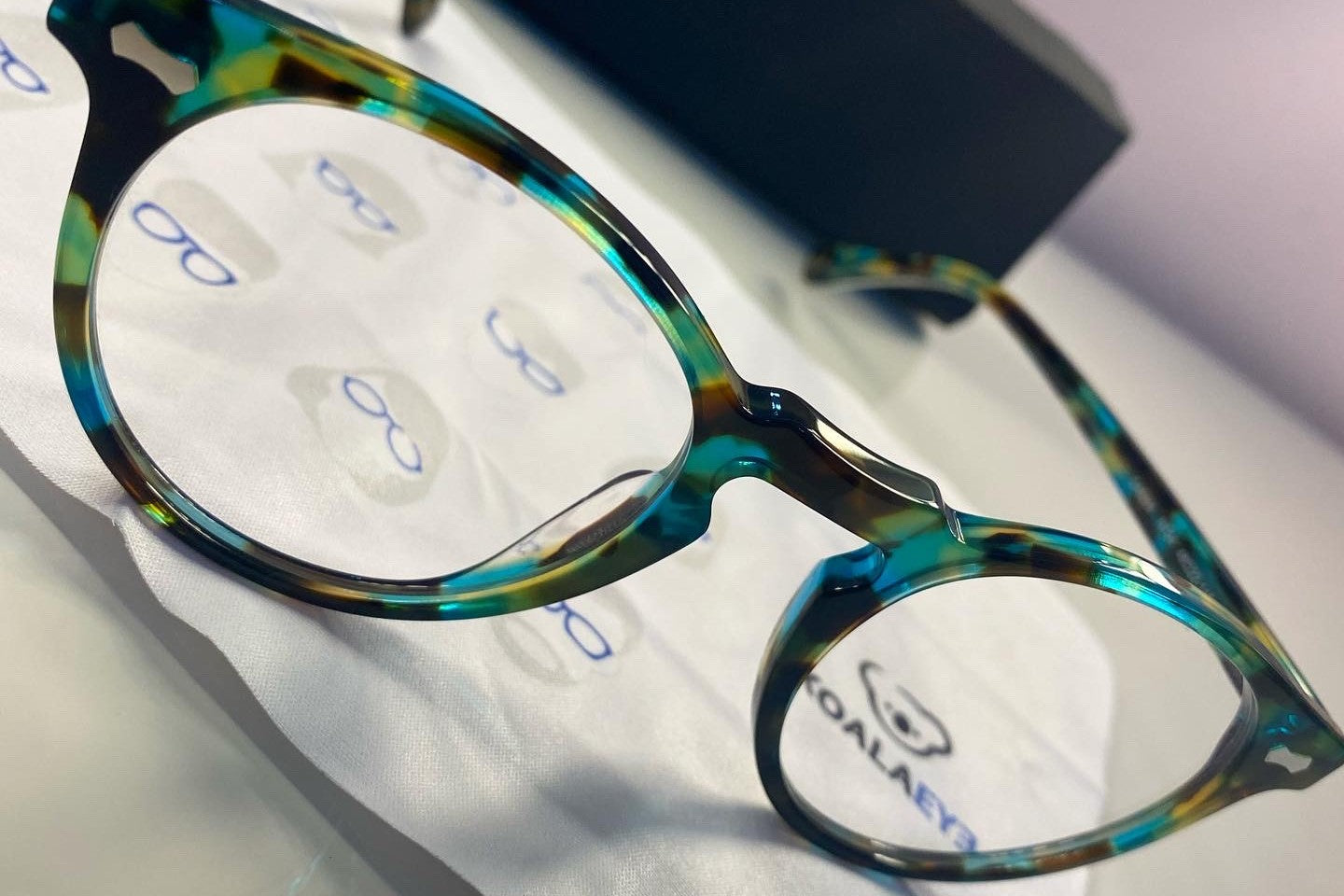What Are Progressive Lenses?
Traditional eyeglasses are usually single vision lenses with one prescription. Progressive lenses are multiple with three prescriptions in a pair of eyeglasses. Progressive lenses let you see comfortably at different distances, allowing you to see close, near, and far without changing your glasses. There are other kinds of multifocal lenses like bifocals and trifocals, but progressive lenses differ because of their smooth transition between prescriptions.
Bifocals and trifocals work similarly to progressive lenses and feature either two or three prescriptions in a pair of glasses. These lenses have definitive lines separating the prescriptions. However, progressive lenses don’t use these lines and allow you to easily transition between prescriptions.
Hence, in the following section, we will show you 6 different types of progressive lenses.
The Advantages of Trifocal Lenses
The greatest advantage of trifocal lenses is that they have three prescriptions in one, which means that not only do you not have to buy three separate pairs of glasses, but you also won’t have to constantly change them as you go about your day.
Another advantage of trifocal lenses is that in some cases, they offer a broader viewing area for near and intermediate-distance applications like reading and using the computer.
Does it take time to adjust to progressive lenses?
How long should it take to get used to progressive lenses? I have never worn glasses before.Progressive lenses were developed to allow easy switching between near and far views. Progressive glasses are divided into four parts. The upper part is the far-light region. The lower part is the near-light region, and the middle part is a variable light region. From top to bottom, if the hyperopia film is gradually increased and the myopia film is gradually decreased. The middle variable area is on both sides of the astigmatism area. Because of the prism effect, when you see things, through this area, the object will be blurred, and the eyes will feel uncomfortable. If the height of the frame itself is very small, the transition zone of progressive multi-focus is very narrow, and the eyes may not adapt to the sunglasses. The current design of progressive lenses is still not mature. Imported brands are relatively stable but expensive, and domestic brands are not mature in design. For various reasons, progressive glasses may be difficult to adapt to wearing.
The working principle of driving glasses
The driving glasses are designed according to the polarized angle and radian of the lens and the principle of precision optics. It can only let the beneficial light pass through, and other light sources, like strong sunlight, car headlights, and other light sources are filtered, to eliminate the interference of external light, and avoid the appearance of eye-catching, dazzling, and other situations. That's basically how the driver glasses are designed.
Gunnar Intercept blue light blocking glasses
The company is committed to improving people's visual experience when watching digital devices like computers, laptops, smartphones, pads, etc so that the wearers will no longer be affected by harmful light like short-wave blue light and glare refracting from these digital screens. They are continuously pursuing better protection of human eyes. Gunnar Intercept anti-blue light glasses filter or block harmful blue light from screens like computers. They relax eye muscles, soothe eye fatigue, prevent eye dryness, maintain constant moisture, and increase visual clarity.
Pair Eyewear
Pair is designed for children. There are only a few styles of frames, but there are hundreds of colors and patterns on top of the frames, and the top of the frame base can change colors, from pure pink to rainbow tie-dye to NBA logos. Pair also makes limited-edition tops and works with major brands like Marvel and Harry Potter to create themed styles that allow you and your children to showcase your personality. Each frame starts at $60, including standard prescription lenses, and the frames cost $25.
Who should wear low bridge glasses?
According to the website of the American Optical Association, low-bridge glasses are for people with a low bridge of the nose (when your nose is at or below the pupil level), a wide face, or high cheekbones. This pair of glasses fit anyone with a low nose. If you have a tall bridge, it's great to have a bridge near the eyebrow line. If you have a low bridge of the nose, a more curved brow or a lower bridge of the nose frame is a better choice. Because the dimensions of the bridge are measured from the inside of the frame, a thick-sided frame with the same bridge dimensions and a very thin frame will not fit. It may actually be too small. Because it allows for extra edges.











































